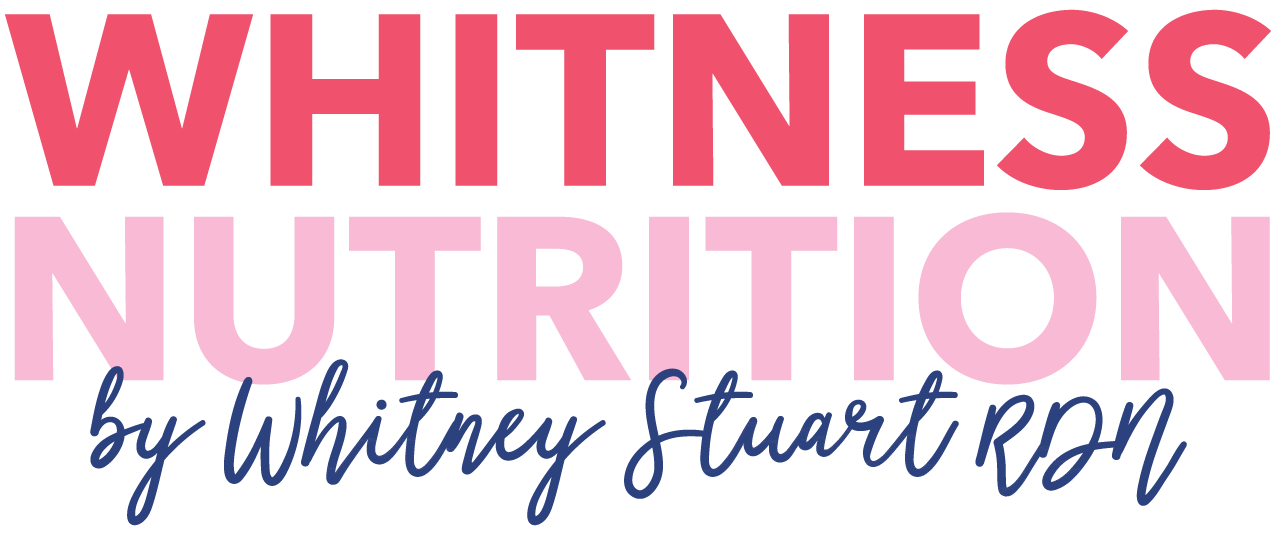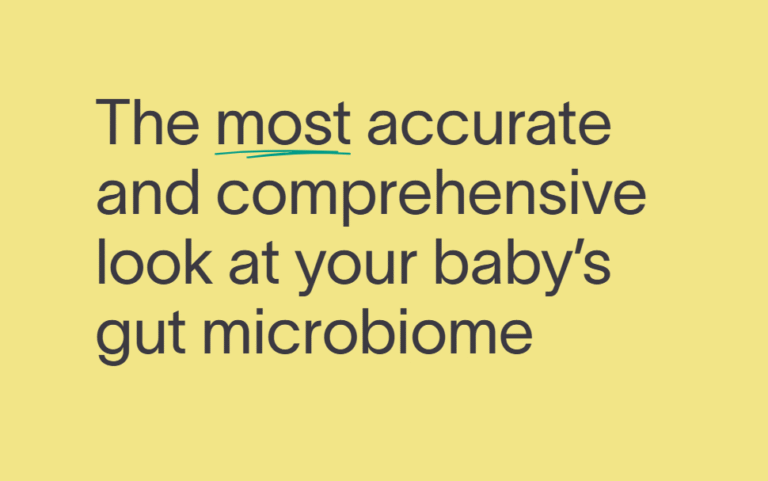How To Use Vinegar for Blood Sugar Control
Can you use vinegar for blood sugar control?
This blog is inspired by the question “Does vinegar help blood sugar?” I get this question at almost every initial consultation. I want to explore the intriguing science behind using vinegar for blood sugar control and enhance metabolism. As a dietitian who specializes in blood sugar management and metabolism, I’m excited to provide you with insights and practical tips to help you on your journey to better health. In this guide, we’ll cover everything you need to know to harness the power of vinegar for glucose control and overall well-being.
Are you looking for better blood sugar management skills? Check out Whitness Nutrition’s glucose control resources:
- The Whitness Nutrition Diabetes Master Plan
- The Ultimate Guide to Gestational Diabetes
- The Best Diabetes-Friendly Packaged Snacks
Chapter 1: How does vinegar reduce glucose spikes?
Let’s talk about the science behind vinegar for blood sugar control. Understanding how vinegar influences blood sugar levels is key to its effectiveness. Vinegar slows the breakdown of starches into glucose. This leads to a reduction in glucose spikes after meals. It achieves this through a few essential mechanisms:
- Inactivation of Alpha-Amylase: The acetic acid in vinegar temporarily inhibits alpha-amylase. This is a digestive enzyme in saliva that’s responsible for starch breakdown. This results in slower glucose transformation.
- Enhanced Glucose Uptake: Acetic acid encourages muscles to take up glucose more efficiently. In turn, it minimizes the glucose surge in the bloodstream.
- Reduced Insulin Release: Vinegar reduces insulin release by approximately 20%. This will prevent excess glucose storage and the accompanying inflammation and weight gain.
- Reprogramming DNA: Acetic acid prompts slight reprogramming of DNA. It also will increase fat burning by the mitochondria. This how you can keep boosting metabolism with vinegar.
Does Using Vinegar for Glucose Management make you feel slightly overwhelmed? No worries! Schedule a 15-minute discovery call to learn how Whitness Nutrition can support you on your #bloodsugarbliss journey!
Chapter 2: Incorporating Vinegar into Your Daily Routine
To reap the benefits of vinegar for blood sugar control, consider adding a tablespoon of vinegar diluted in water. Aim to do this in less than 20 minutes before your meals or within 20 minutes after eating. This timing optimizes its impact on glucose levels. Whether you choose to consume vinegar before every meal or only before high-carb or sweet meals is a matter of personal preference.

Chapter 3: Choosing the Right Vinegar for blood sugar control in Diabetes Management
Selecting the vinegar that suits your taste is a personal choice. While apple cider vinegar is popular, all vinegar types containing acetic acid offer glucose-regulating benefits. Avoid syrupy vinegars or vinaigrettes with added sugars and always check labels for hidden sugars. A few of my favorite vinegar-based products with clean, blood-sugar friendly ingredients:
Chapter 4: Comparing apple cider vinegar gummies and liquid vinegar for diabetes
Studies indicate that vinegar gummies do not effectively lower blood sugar levels. This is primarily due to changes in the structure of ACV when “packaged” in this form. Moreover, vinegar gummies often contain added sugars, causing glucose spikes. As for vinegar pills, the jury is still out on their efficacy compared to liquid vinegar. I do like these ACV Complex options from Paleo Valley.
Do not buy gummies, such as Olly or Golli. Every gummy on the market has some form of added sugars. In terms of vinegar and glucose stabilization, the pretty packaged gummies is not the answer.
Chapter 5: Effect of kombucha on blood sugar levels
Similar in acidity levels, lemon and kombucha can be used for glucose management. Lemon can have a glucose-steadying effect similar to vinegar. It’s important to note that works through a different mechanism. If you prefer the taste of lemon, it can definitely be a suitable alternative!
Kombucha, while beneficial for gut health, contains less acetic acid than vinegar. This makes it less effective in controlling glucose levels. Be cautious when selecting store-bought kombucha, as many brands contain added sugars or fruit juice.
Chapter 6: Delicious vinegar drinks for diabetes management and vinegar for blood sugar control

Diluted vinegar may sound unappealing, but it’s surprisingly palatable. To enhance its flavor, consider adding ingredients like citrus, mint leaves, or cucumber slices. For sweetness, use low-impact sweeteners such as stevia, erythritol, allulose, or monk fruit. You can also mix vinegar with other beverages like sparkling water, tea, or homemade kombucha. Always aim to ensure these additions are free from sugary additives. PLEASE be sure to rinse your mouth afterwards! Vinegar can cause degradation of tooth enamel if it stays on them for too long.
In conclusion, incorporating a tablespoon of vinegar diluted in water before meals is a simple yet scientifically backed approach to reduce glucose spikes. Use this powerful tool as part of your overall strategy to manage blood sugar and metabolism effectively. For more expert guidance, book a discovery call to work with a dietitian on curating a plan for lifestyle change and diminishing any chance of diabetes or insulin resistance! Whitness Nutrition is here to empower and support you in your journey.
Looking for more Blood Sugar education? Keep on reading for more of Whitness Nutrition’s blood sugar hacks:
- The Best and Worst Milk Alternatives for Blood Sugar Bliss
- How To Pick a Protein Bar for Blood Sugar Bliss
- The 2023 Dallas Dining Guide for Blood Sugar Bliss
[Footer] Home, Course, Science, Books, Press, About, Newsletter






